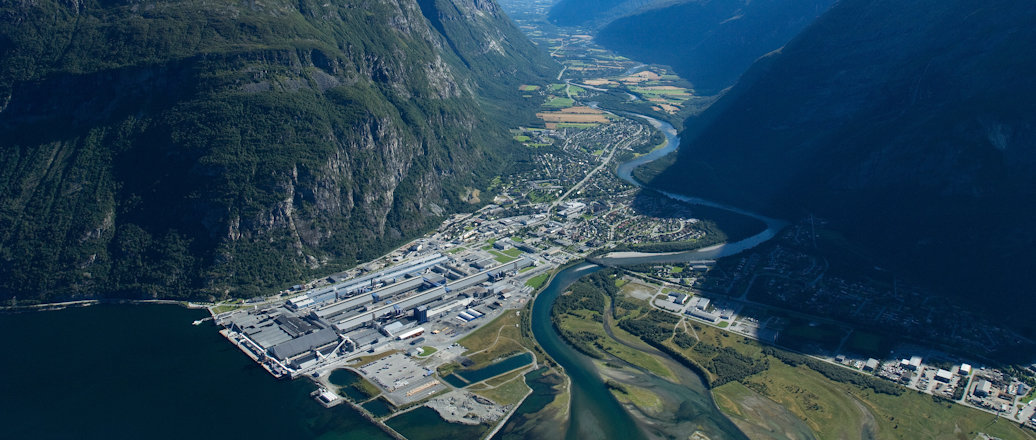Challenges
The off-gas in aluminium smelters has a relatively low concentration of CO2, at approximately- 1%. So far, most carbon capture technologies have been developed for capturing the off-gas from fossil power production and industries with higher concentrations of CO2, typically above 4%. In addition to the low concentration of CO2, the off-gas from aluminium smelting contains some pollutants that challenge compatibility with existing capture technologies.
Further development
Further development is needed, and Hydro has evaluated more than 50 CCS technologies and developed a roadmap for testing and piloting the most promising ones up to industrial scale. The goal is to have an industrial-scale pilot running by 2030.
Studies have shown that off-gas capture may be a viable option to capture most of the CO2 from an aluminium smelter, even if dimensioning, power needs and operational costs will increase towards a 100% capture rate. In addition, and as a supplement, Hydro is exploring options for direct air capture (DAC) units at its smelters. For some capture technologies, this has the advantage that process heat can be recovered for use in the DAC unit, lowering power demand and operational costs.
In parallel, Hydro is working on developing solutions that can be retrofitted onto existing electrolysis cells to make them capture ready.
Status
To reach its ambitious climate targets, Hydro is working with several technology providers to develop solutions for off-gas capture and direct air capture while working to understand the future market for CO2 management in Europe. The ambition is to have an industrial-scale pilot up and running before 2030.
Updated: May 15, 2024
